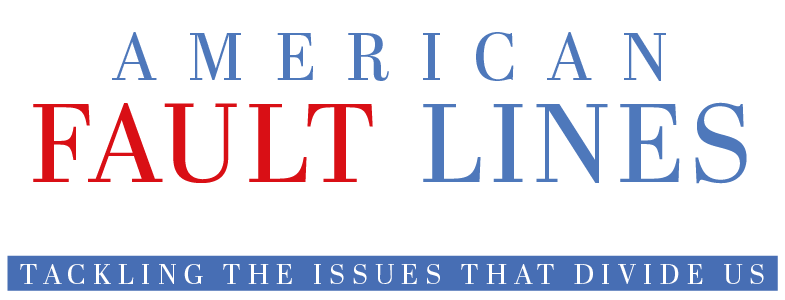
(Jan. 18, 2015) It was a good week for American journalism.
To state the obvious, there is no justification for the brutal attack on the French satirical weekly Charlie Hebdo by al-Qaida-inspired extremists.
The fallout, however, has sparked one of the healthiest debates about journalistic rights and responsibilities American journalism has seen in recent years.
It has also spotlighted the difference in worldview between the “legacy” media and the digital upstarts. In general, editors at “mainstream” news outlets struggled over the decision to reprint Charlie Hebdo’s cover showing a cartoon of the Prophet Muhammad; most online media published with alacrity. It is a microcosm of the difference in worldview between the teenagers of the media world and the graybeards.
Editors “filter” what is published every day. It’s not self-censorship, it’s the editorial process. The First Amendment means the U.S. media has the right to publish just about anything. In the avalanche of news stories, editors decide what is most important for their readers/viewers to know. They also balance the rights of the public and the responsibilities of journalists.
The media has the right to publish the names of sexual assault victims, but is it responsible to do so? We have the right to ask a mother whose child was just killed how she feels, but is it responsible?
So, too, with cartoons. There isn’t a “mainstream” editor in America who would knowingly publish a cartoon overtly offensive to Jews or African-Americans or Hispanics or a host of other minority groups. Why then, is it their “duty” to press freedom to publish images we know offend millions of Muslims?
Ironically, the decision by The Spokesman-Review paper and other newspapers to publish Charlie Hebdo’s post-attack cover probably has many news consumers wondering, “What’s the big deal?” After all, it shows nothing more than a cartoon version of the Prophet Muhammad with a tear on his cheek. Which is why many papers, including the S-R, ultimately decided that since the cover had become a news story in itself, and the image was fairly tame, publication was justified.
What most readers are not seeing in the mainstream media are the cartoons that prompted the original controversy and led to the tragedy. Do a quick Google search and you will find images that show, among other things, a naked Muhammad, rear end raised and private parts dangling. On another image of a naked Muhammad, the caption asks, “Do you like my butt?” Yes, many Muslims object to any depiction of the Prophet Muhammad, but what angered the majority was not that his face was shown, but that the depiction was prurient and demeaning.
Understand, Charlie Hebdo frequently uses consciously offensive, crude, schoolyard humor to tweak a cross-section of society. It’s the kind of thing you might see scrawled on the men’s room wall.
The paper’s raison d’etre is to provoke. Even as the U.S. Embassy in Benghazi was being attacked a few years ago and angry crowds were threatening the U.S. Embassy in Cairo in response to a piece of agitprop released by anti-Muslim campaigners, Charlie Hebdo published another set of offensive Muhammad cartoons, deliberately pouring fuel on the fire in the name of press freedom. It was their right, but was it responsible?
The fact that France this week arrested scores of people, including a controversial African comedian, for “hate speech” demonstrates the challenge of reducing complex issues around media rights and responsibilities to black and white.
If “we are all Charlie Hebdo,” why aren’t American news organizations republishing the magazine’s cartoon that depicts as a monkey a French politician of African descent? Or the cover labeling as “welfare queens” those poor schoolgirls abducted in Nigeria? Or perhaps we want a reprint of the one that shows two women using a crucifix as a sex toy? After all, it’s a matter of press freedom, isn’t it?
Let’s be clear, I have lost many friends at the hands of militants operating in the name of Islam, so my heart bleeds for the paper’s staff and French journalism as a whole.
However, we are not all Charlie Hebdo, any more than we are all “The Daily Show” or Rush Limbaugh. And just because we defend their right to say and show what they want, and to do it without falling victim to some sick extremist, that doesn’t mean we must do the same.
Lawrence Pintak is founding dean of The Edward R. Murrow College of Communication at Washington State University and chief executive of NW Public Radio/TV. A former CBS News Middle East correspondent, he serves on the Freedom House panel that ranks press freedom in the Middle East.


